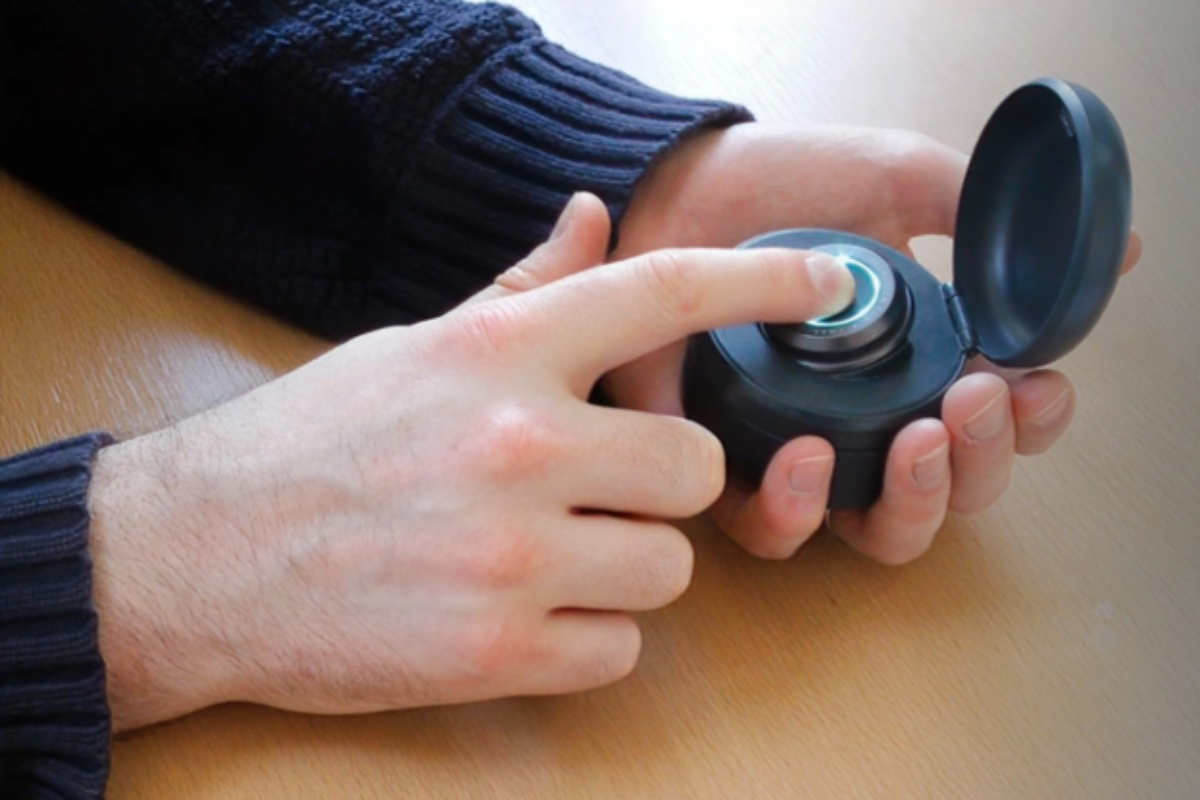

Charco Neurotech, Ltd., based in Cambridge, United Kingdom, is a reputable medical technology company dedicated to developing non-invasive wearable devices. It was founded in 2019, and among its innovative products is CUE1, a groundbreaking wearable device that merges the principles of focused vibrotactile stimulation with cueing techniques. This cutting-edge technology aims to enhance motor performance and mitigate the freezing of gait, particularly for individuals affected by Parkinson’s disease.
The primary focus of CUE1 is to address freezing of gait, a common and debilitating symptom experienced by individuals with Parkinson’s disease. Freezing of gait refers to a sudden and temporary inability to initiate or continue walking, which can lead to falls and reduced mobility.
Through its innovative approach, CUE1 assists users in overcoming freezing episodes and improving their overall motor performance. By delivering specific cues during critical moments, the device helps users maintain a steady and fluid gait, reducing the occurrence of freezing, supporting safer mobility, and helping with delicate motor tasks. The non-invasive nature of CUE1 makes it an attractive option for individuals with Parkinson’s disease, offering an unobtrusive and user-friendly solution that can be comfortably worn as part of their daily routine. It also boasts several other advantages that enhance its usability, such as discreet design, user-friendly interface, symptom tracking, medication reminders, and integration into a daily routine.

The development of CUE1 represents a significant advancement in medical technology, showcasing Charco Neurotech’s commitment to improving the lives of those with Parkinson’s disease. The combination of focused vibrotactile stimulation, cueing techniques, and these additional user-friendly features makes CUE1 a robust and comprehensive solution for individuals with Parkinson’s disease. By addressing multiple aspects of the condition and offering discrete support, the device can significantly improve its users’ overall quality of life, empowering them to better manage their health and mobility with greater confidence and ease.(1)

(Tan et al., 2021) is a publication reporting on a series of cases involving patients with Parkinson’s disease (PD) who experienced frequent episodes of freezing of gait (FOG) that were not effectively alleviated by medication. Following the implantation of CUE1, promising results were observed, with a reduction in FOG episodes and significant improvement in mobility. The authors concluded that the combination of focused vibrotactile stimulation and cueing effectively mitigated FOG episodes in these PD patients. Nevertheless, further well-designed prospective studies are essential to validate and confirm the observations made in this study.